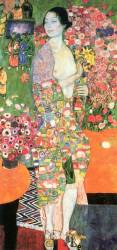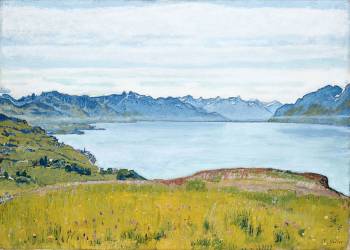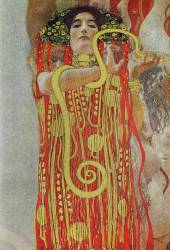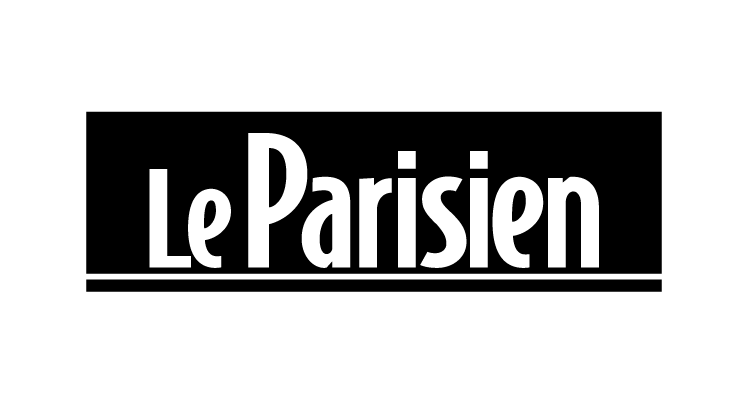Art nouveau wall Art, canvas prints & paintings

art nouveau fine art prints and canvas prints
Art Nouveau is an artistic movement born in the 1890s which finds its sources in the British Arts and Crafts movement, through the figures of William Morris and his contemporaries. It developed in reaction to the styles that marked the decorative arts at the beginning of the 19th century: on the one hand, the Empire style under the First Empire and on the other, the eclectic and historicising taste of the Second Empire. It was also inspired by Symbolist and Japanese movements. Art Nouveau was born in several European centres. First of all in Brussels, with the construction of the Hotel Tassel by Victor Horta in 1893. But also in Paris, at the end of 1895, when the German-born dealer Siegfried Bing opened the Art Nouveau gallery on the occasion of the Universal Exhibition. The movement also flourished in secondary centres such as Nancy, where a strong idea of regional cultural identity prevailed. Art Nouveau also took on different names in different countries. In Germany it is called Jugendstil, in Spain Modernismo, in the United States Tiffany Style, in Switzerland Sapin Style, in Austria Secession and in Glasgow Glasgow Style. The aesthetic and ideological ideas of Art Nouveau spread through the circulation of artists and world exhibitions. Although Art Nouveau production appears to be eclectic, the artists share similar stylistic and iconographic characteristics. The use of the 'whiplash' line, the use of motifs inspired by the natural world and the representation of female figures are common to the artists. However, in some centres Art Nouveau took on more geometric forms, as in the city of Glasgow. The artists came together under the banner of common ideals. They advocated unity by abolishing the hierarchy between the arts. Art was applied to all objects (decorative arts, posters, etc.). This notion of total art is complemented by a desire for stylistic unity and a strong social dimension. Art is for everyone, and must be accessible to everyone.
Alfons Mucha
Alfons Mucha is considered one of the great representatives of Art Nouveau. Originally from the Czech Republic, he studied in Paris from 1887. The poster Gismonda, which he produced in 1897, was a major moment in his career. Its format, the colour palette chosen by the artist as well as the decorative style, are very innovative for the time. Alphonse Mucha revolutionised the world of posters. His "Mucha style", characterised by a vertical format and a softer colour palette, made him the most popular poster maker in Paris and the leader of Art Nouveau. In 1897, he also produced a poster for F. Champenois, a printer and publisher, featuring a young woman, an "Art Nouveau woman", both sensual and cheerful. Draped in a flowing dress, close to a silk negligee, she is encased in a highly stylised floral décor.




















































